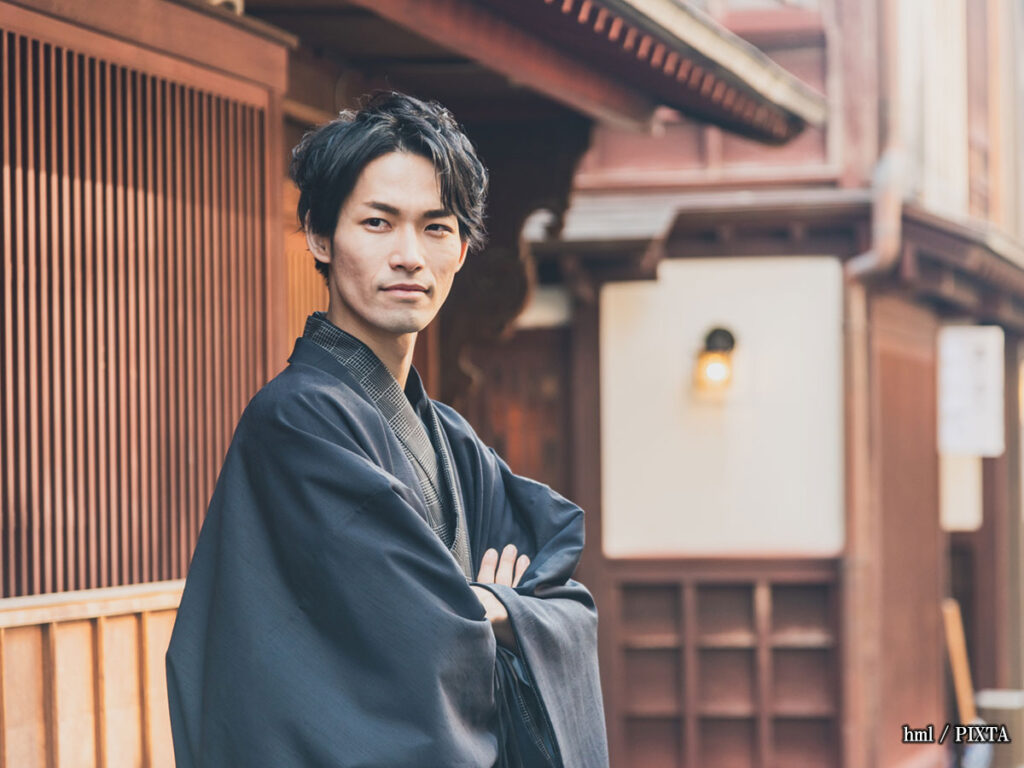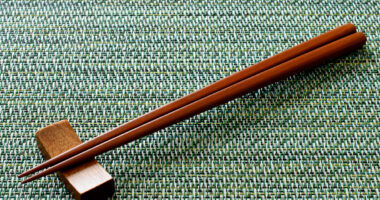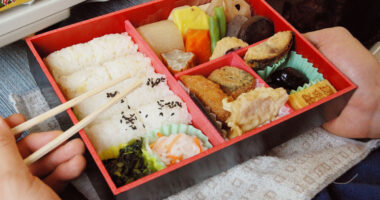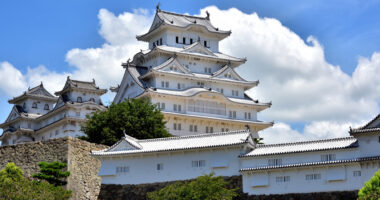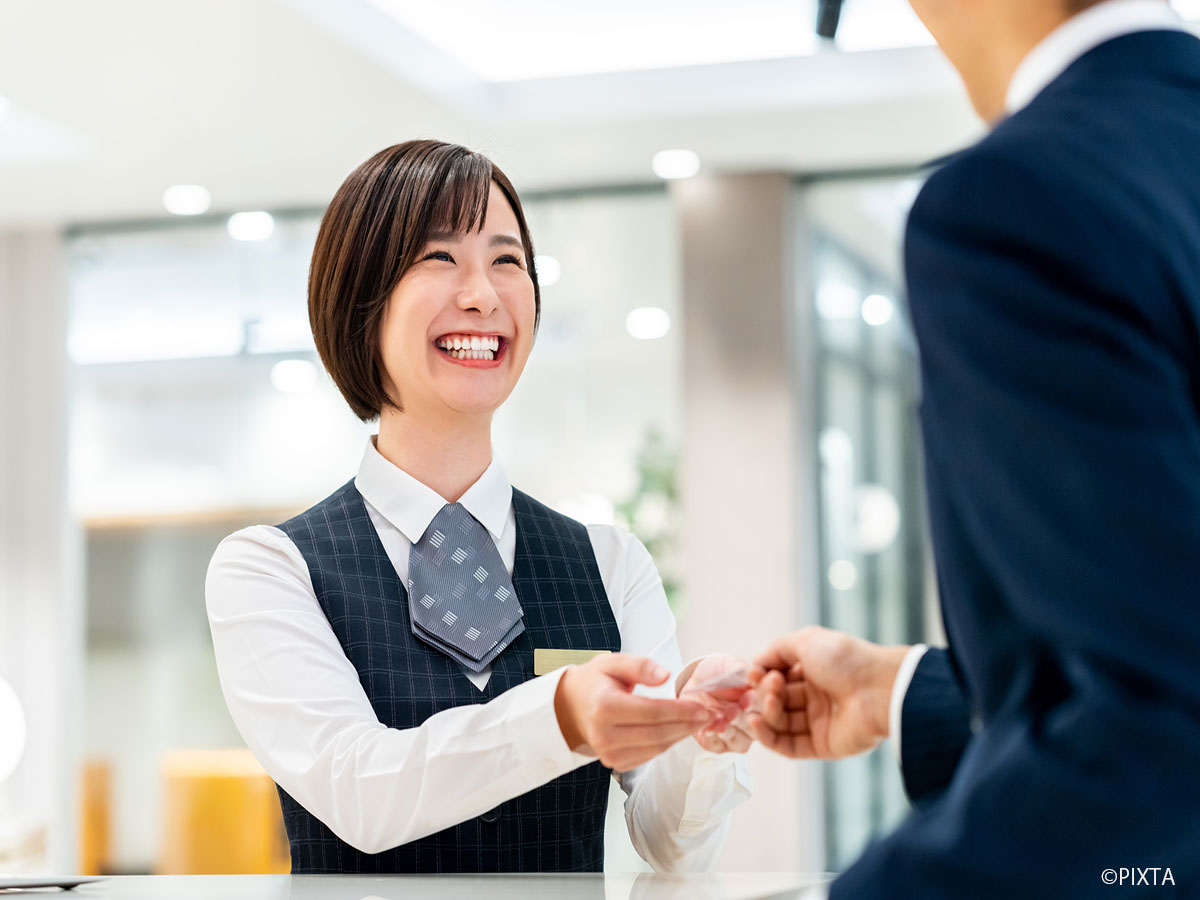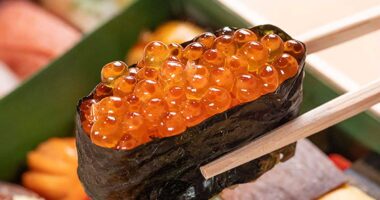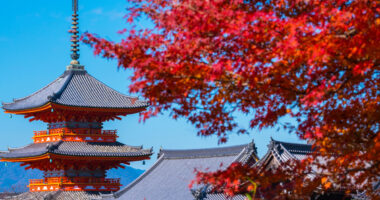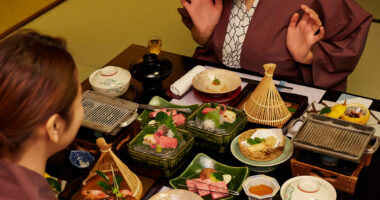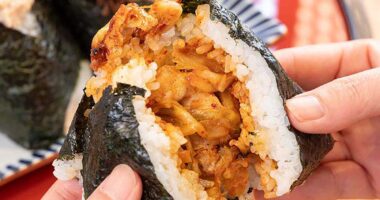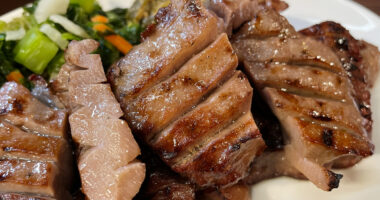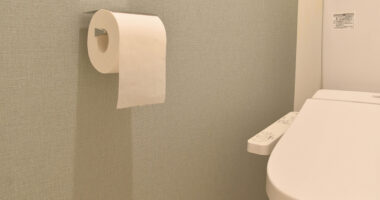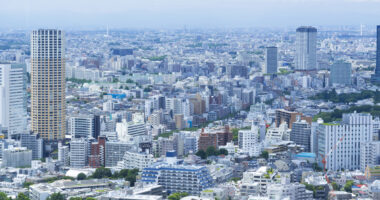Japan is a country rich in tradition, with deep-rooted cultural practices that span centuries. One of the most iconic pieces of Japanese heritage is the kimono, an elegant and timeless garment worn on special occasions. While women often wear kimonos for events like tea ceremonies or weddings, there’s also a vibrant culture surrounding kimono for men. You can embrace this part of Japanese history in Tokyo and Kyoto by renting a kimono and stepping into a different era.
If you want to experience kimono culture and history firsthand, here are five top spots in Tokyo and Kyoto where you can rent traditional kimono for men. Whether attending a formal wedding ceremony, exploring ancient temples, or immersing yourself in Japanese traditions, renting a kimono is a great way to make the most of your time in these cities.
Kyoto Kimono Rental andot kyoto
Kyoto Kimono Rental andot kyoto is a classical high-end kimono rental salon, distinct from typical kimono rental shops. Every kimono available is a one-of-a-kind piece, featuring rare designs that can no longer be reproduced in modern times.
Features of Kyoto Kimono Rental andot kyoto
- Luxurious, pure silk kimonos provided by Kyoto-based manufacturers
- A unique collection of classic designs that cannot be found elsewhere
- Personalized coordination suggestions by professional kimono concierges
- Ideal for sightseeing photoshoots and bridal photography, creating unforgettable memories
- Convenient location near major tourist attractions such as Kiyomizu Temple, Yasaka Shrine, and Gion, perfect for strolling in kimono
- A family-run business offering warm and attentive customer service
Store Information
- Address: 117-1 Rokuro-chō, Higashiyama-ku, Kyoto,
- Business Hours: 10:00 AM-7:00 PM (Irregular holidays)
- Price Range: From 7,800 JPY
- Reservations: Available through the official website
If you want to experience wearing an authentic kimono in Kyoto or are looking for something beyond the standard rental options at tourist spots, “Kyoto Kimono Rental andot kyoto” offers a truly special kimono experience.
Many customers have praised the high quality of the kimonos, warm hospitality, and unique experience. Feel free to check customer reviews for peace of mind before visiting!
Kimono Rental RikaWafuku, Tokyo Asakusa Store
For those wanting to experience Tokyo’s rich cultural heritage, “Kimono Rental RikaWafuku” in Asakusa is an excellent choice. Located in the heart of one of Tokyo’s most historic districts, this rental shop offers a diverse collection of men’s kimonos, including Haori, hakama, and yukata, perfect for formal occasions or casual strolls through the city.
RikaWafuku ensures a hassle-free experience, providing full kimono rental sets, which include an obi (kimono belt), tabi (traditional socks), and zori (sandals). With professional staff assisting in the dressing process, you can confidently wear your kimono while exploring iconic Asakusa landmarks like Senso-ji Temple, Nakamise Street, and Sumida Park.
Conveniently located just minutes from Asakusa Station, the shop is easily accessible by multiple train lines. Whether you’re capturing stunning photos at Senso-ji Temple or enjoying Asakusa’s vibrant streets, this rental service lets you fully immerse yourself in Tokyo’s traditional charm.
Store Information
- Address:
HULIC & New Kaminarimon Building 6F, 2-16-9 Kaminarimon, Taitō-ku, Tokyo - Access:
- Tokyo Metro Ginza Line, Asakusa Station-3 min. on foot
- Toei Asakusa Line, Asakusa Station-3 min. on foot
- Tobu Skytree Line, Asakusa Station-5 min. on foot
- Opening Hours:
9:00 AM-6:00 PM
Last dressing reception: 4:00 PM | Last return time: 5:30 PM - Price Range:
4,000-55,000 JPY (tax included) - Phone Number:
050-3204-4859 - Reservations:
Available via their official website - Instagram:
@rikawafuku
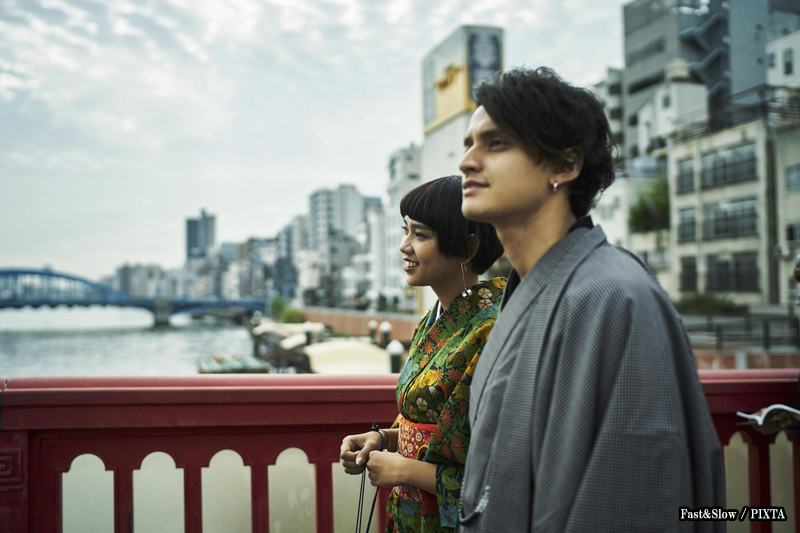
Photo for illustrative purposes
The history and significance of kimono for men
The kimono has been a central part of Japanese culture for centuries. Initially worn by men and women as everyday attire, it has evolved over the centuries and is today mainly worn on formal occasions or special cultural events. For men, the kimono represents elegance, tradition, and respect for Japanese customs.
Historically, kimonos were made from high-quality silk dyed with natural materials like indigo and safflower. The patterns and colors of a kimono signified different seasons, social statuses, and occasions. For instance, specific patterns and colors were reserved for the nobility, while commoners wore simpler designs.
In modern Japan, kimonos for men are typically worn during weddings, tea ceremonies, and New Year’s celebrations, all events that hold significant cultural meaning. These garments offer a tangible link to Japan’s rich heritage and serve as a reminder of the country’s devotion to aesthetic beauty, craftsmanship, and respect for tradition.
One of the most distinctive features of the men’s kimono is the hakama. This pleated, skirt-like trouser is worn over the kimono, adding formality and grace to the overall look. The haori, a long-sleeved jacket worn over the kimono, is another key element in men’s traditional wear, often seen during weddings and formal gatherings. Yukata, a lighter version of the kimono, is a comfortable and breathable option for less formal occasions.
Understanding kimono culture and history
Understanding the cultural significance behind the kimono for men offers a deeper appreciation for the garment itself. Every aspect of the kimono has meaning, from its materials to its design. Kimono sleeves, for instance, are an aesthetic choice and symbolic of a wearer’s status and role in society. The eri (kimono collar) represents the wearer’s gender and age and is often adjusted according to the event’s formality.
When wearing a kimono for special occasions like a formal wedding ceremony or a traditional tea ceremony, it’s essential to appreciate the intricate history of the garment. Each type of kimono carries its significance; for example, during weddings, the kimono symbolizes a new beginning, while in tea ceremonies, it reflects respect for the ritual and the guests.
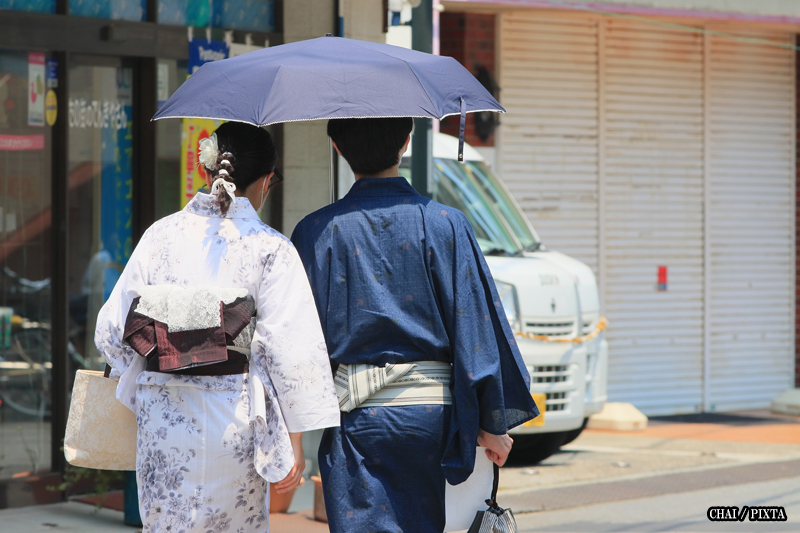
Photo for illustrative purposes
Tips for wearing a kimono for men
While the idea of wearing a kimono for men might feel complex, it’s not as difficult as it seems. With the proper knowledge and a few tips, you can comfortably wear this beautiful garment and enjoy the whole experience of traditional Japanese attire. Here are some helpful guidelines:
- Dress in Layers: The kimono is typically worn over multiple layers of clothing, each serving a different function. The first layer is the juban, an undergarment worn underneath the kimono to prevent it from becoming soiled. Over this, you’ll wear the kimono itself, and on top of that, the obi (belt) is tied to keep everything secure. Each layer must fit properly. The juban should be snug but not too tight, and the kimono should fit loosely around the body to allow movement. The obi, or belt, is the final layer and needs to be tied firmly at the waist to keep the kimono in place.
- Ensure Proper Fit: A kimono should always fit well to ensure comfort and an elegant appearance. The kimono collar (eri) is a crucial part of this fit. The collar should sit neatly around your neck, not too tight or loose. Additionally, the kimono sleeves should fall at the appropriate length and not touch the ground or get in the way of walking. When renting a kimono, ensure that the shop offers a fitting session. A well-fitted kimono will be comfortable and stylish and allow you to fully embrace the traditional look.
- Tying the obi: The obi (belt) is important in securing the kimono and adding visual appeal. Tying the obi properly can be tricky, but it becomes second nature with practice. There are many ways to tie the obi, depending on the type of kimono and the event. A basic knot can be tied for casual occasions, while formal events require a more intricate bow. Be sure to follow the instructions provided by the rental shop when tying the Obi. Many kimono rental shops also offer professional assistance to help you get it just right. Also, remember to secure the obiage, an ornamental tie that adds elegance to the kimono’s waist.
- Accessorize Thoughtfully: While the kimono is beautiful and bold, accessorizing thoughtfully can elevate your look further. Haori himo, the decorative cords worn over the jacket’s front opening, are another great addition. However, in the world of kimono attire, less is more. Remember that in traditional kimono etiquette, simplicity and subtlety are key. Avoid overloading your ensemble with too many accessories. A few well-chosen items will complement your kimono without overshadowing it.
Other rental services for unique kimono experiences
In addition to the kimono rental shops mentioned above, many other unique options are available for those looking to immerse themselves further into Japan’s kimono culture.
Kimono photoshoots
One of the best ways to capture the experience of wearing a kimono for men is to book a professional kimono photoshoot. These photoshoots are available in picturesque locations across Japan, such as ancient temples, serene zen gardens, and even cherry blossoms during spring. Many rental shops offer kimono photoshoot packages, where you can wear the kimono for a day, have your photos taken by professional photographers, and take home a beautiful memory of your time in Japan. These photoshoots offer stunning souvenirs and allow you to experience the full cultural significance of the kimono in a traditional setting.
Kimono from different regions
Did you know that the kimono differs slightly depending on the region? Some shops allow you to try on kimonos from various parts of Japan, each with distinct styles, fabrics, and patterns. For instance, Kimonos from Kyoto may feature elegant floral patterns, while Hakamas from Tokyo often have bolder, more minimalist designs. Renting a kimono from a particular region allows you to experience the diversity of traditional Japanese wear and learn about the different regional customs.
Kimono for special occasions
Apart from casual rentals, some kimono shops offer specialized garments for significant milestones and celebrations. Whether it’s a formal wedding ceremony, a New Year’s celebration, or a memorial event, these shops provide traditional attire tailored to the occasion. Each kimono is carefully selected to reflect the cultural importance of the event. You can also request customizations for your kimono to ensure it perfectly matches the occasion, such as adding specific embroidery or choosing a color that signifies luck and prosperity.
Conclusion
For men, wearing a traditional kimono is not just about donning a garment; it’s about stepping into a piece of history. From the Haori jackets and hakama trousers to the yukata worn during summer festivals, kimonos represent Japan’s commitment to beauty, craftsmanship, and tradition. Renting a kimono during your visit to Tokyo or Kyoto allows you to experience this cultural heritage authentically without the commitment of buying one.
With the right fit, a bit of practice in tying your obi, and a few thoughtful accessories, you’ll be able to wear the kimono with pride and confidence. Whether attending a formal wedding ceremony, exploring temples, or enjoying a peaceful walk in the city, wearing a kimono allows you to connect with Japan’s cultural roots.
If you’re planning a trip to Japan, don’t miss the opportunity to rent a kimono for men. It’s the perfect way to add an extra layer of tradition and elegance to your journey.
